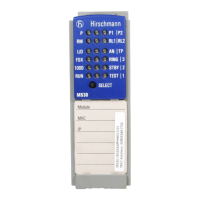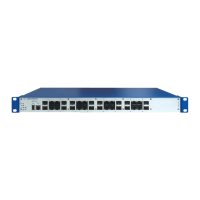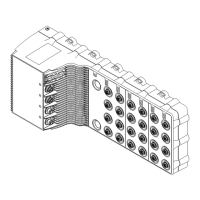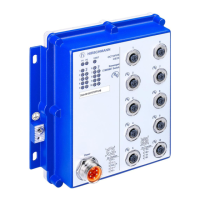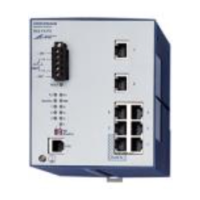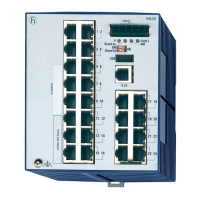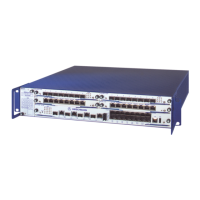Traffic control
Basic - L3P
Release
3.1
06/07
8.4
Prioritization
135
8.4 Prioritization
8.4.1 Description Prioritization
This function prevents time-critical data traffic such as language/video or real
time data from being disrupted by less time-critical data traffic during periods
of heavy traffic. By assigning high priority classes for time-critical data and
low priority classes for less time-critical data, you ensure optimal data flow for
time-critical data traffic.
The Switch supports four (eight for MACH 4000 and Power MICE) priority
queues (traffic classes in compliance with IEEE 802.1D-1998).
The assign-
ment of received data packets to these classes depends on
D Access Control Lists (MAC or IP based ACLs).
D the priority of the data packet contained in the VLAN tag when the
receiving port was configured to “trust dot1p”.
D the QoS information (ToS/DiffServ) contained in the IP header when the
receiving port was configured to “trust ip-dscp” (in the MACH 4002-24G/
48G).
D the port priority, when the port was configured to “no trust”.
D the port priority for receiving the data packets that do not contain a tag
(see
“Configuring ports” on page 69) and the port is configured to "trust
dot1p".
Default setting: “trust dot1p”.
The Switch considers the classification mechanisms in the sequence shown
above. This means that access control lists always have priority over the
following mechanisms. Access control lists can classify the data packets with
reference to Layer 2, Layer 3 and Layer 4 (e.g. MAC addresses, IP
addresses, IP precedence/TOS/DSCP, TCP/UDP ports).
Data packets can contain prioritizing/QoS information:
D VLAN priority based on IEEE 802.1Q/ 802.1D-1998 (Layer 2)
D Type of Service (ToS) or DiffServ (DSCP) for IP packets (Layer 3)

